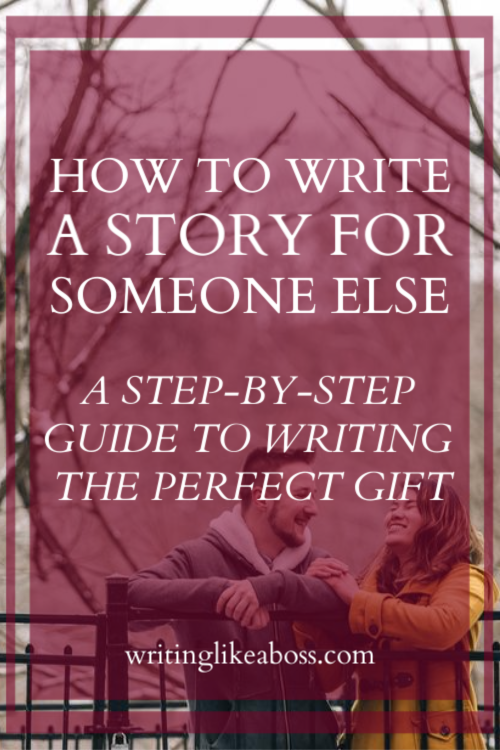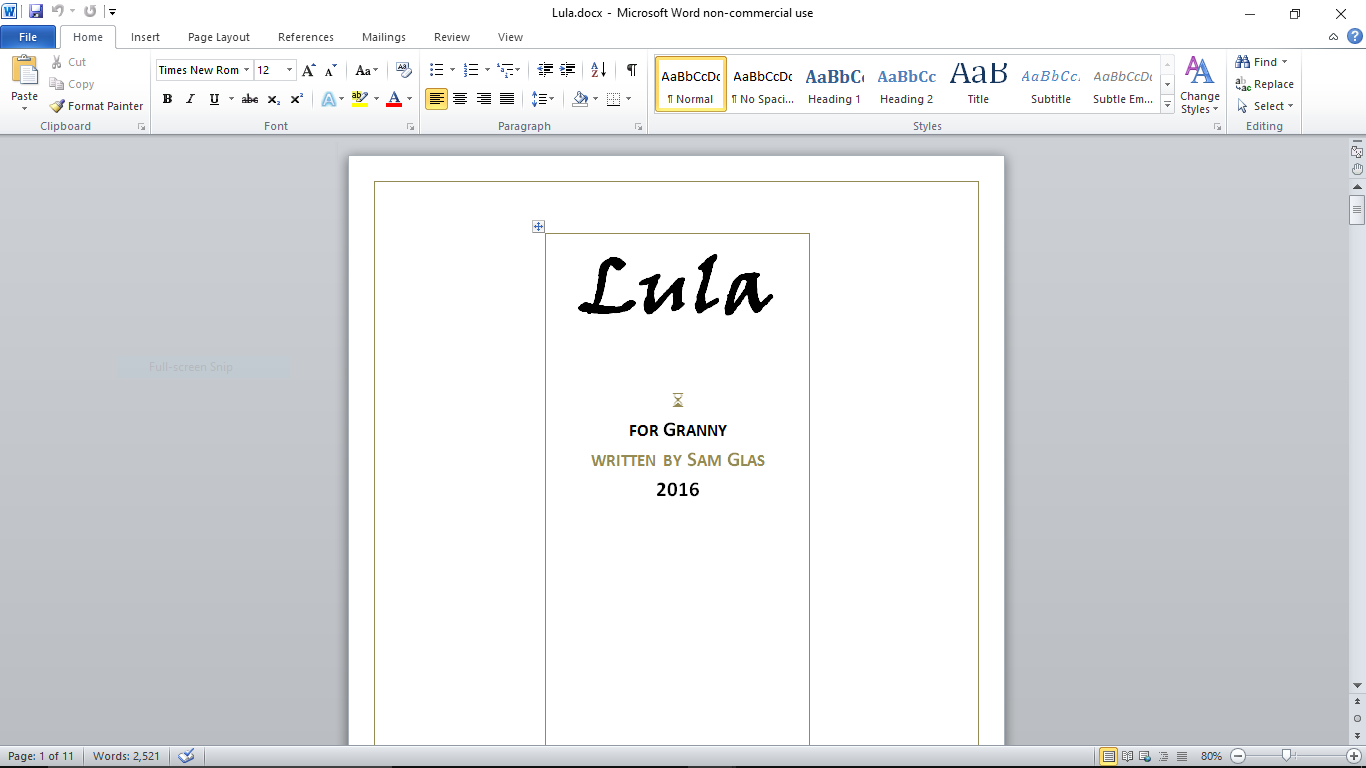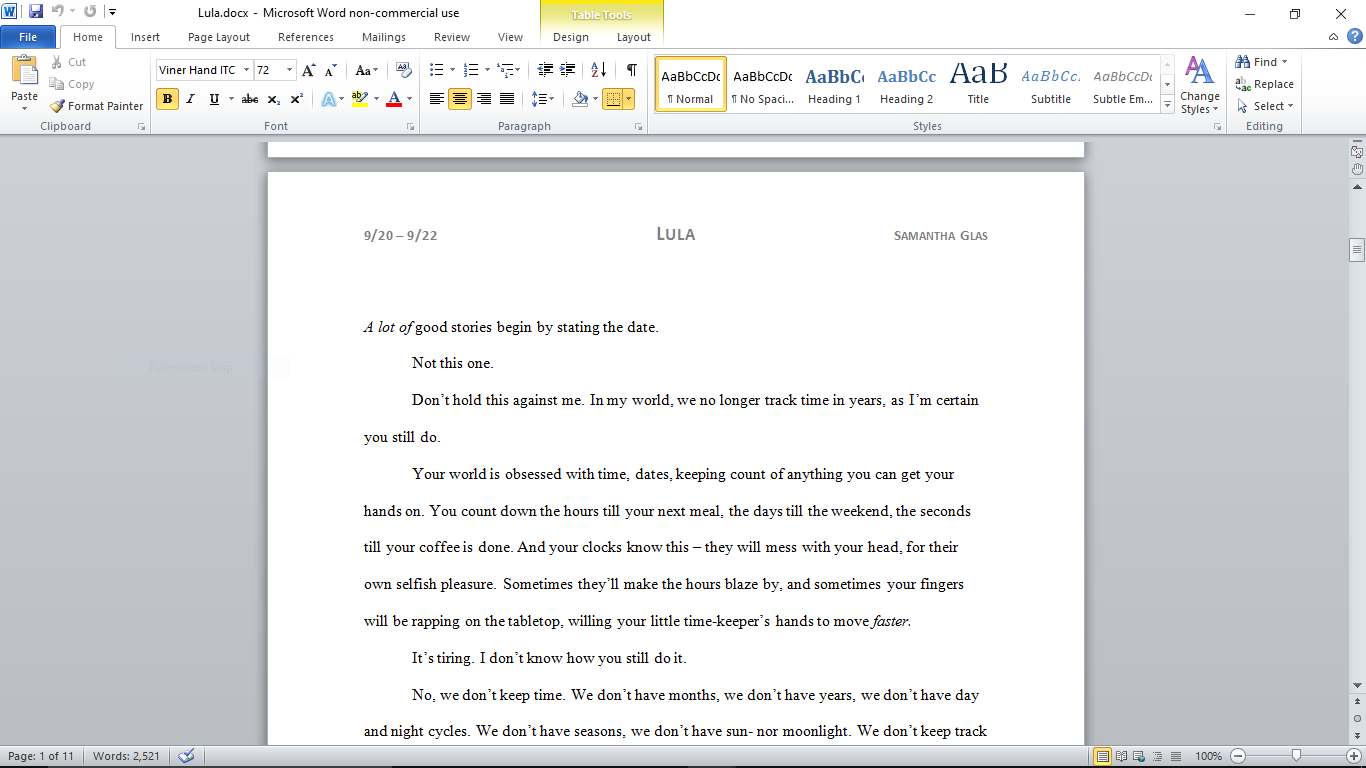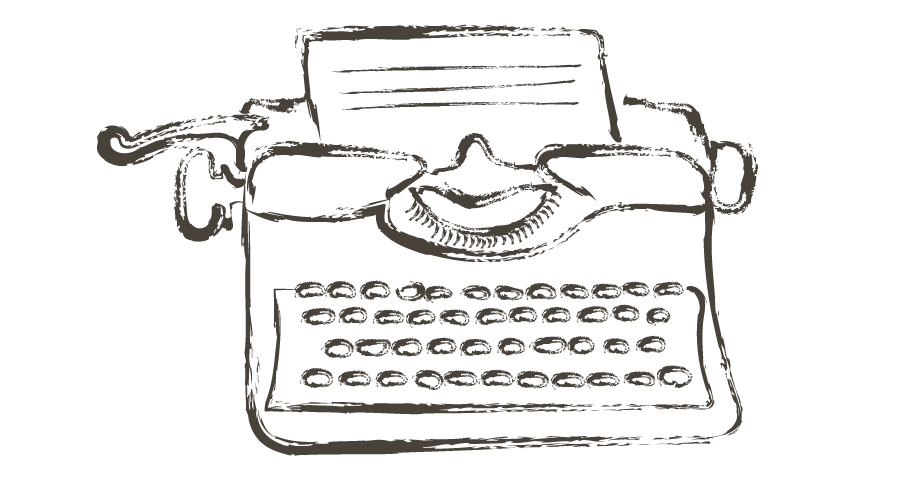It’s hard to buy gifts for people. Birthdays, Christmas, Valentine’s Day, you name it, I always have difficulty finding a present that is not only straight from the heart, but something they’ll remember and keep. That’s my goal with presents, anyway, and sometimes I cheat on that goal. I’m a victim of buying candles as gifts.
Not that there’s anything wrong with candles. If you bought me a pumpkin candle right now, I’d be thrilled.
But If you believe you have a talent for something, it’s always a good idea to put it to use for others. And not just for writing, either: you could love photography, drawing, acting, etc. etc. No matter what it is, there’s someone out there who will appreciate it.
I’m a writer. I don’t play any instrument, and I don’t play a sport. I write. That is my passion. And I really love giving short stories as gifts.
I also realize that there are certain guidelines to writing a story for someone, to ensure that they’ll actually enjoy it.
So that’s what we’re gonna explore today.

How to Write a Story for Someone Else
1. Find out what your person would like to read.
If someone doesn’t like a story you wrote for them, it’s probably because you included content they don’t like.
For example: my mom is always ranting about books and movies in which too many characters die; she thrives on happy stories, with no deaths and hardly anything depressing. So I wrote for her the happiest tale I’d ever put into words, and she loved it.
Basically, if your person likes Victorian Gothic and steampunk but you spin her a tale of rainbows and daises in the 1980s, you’re gonna have a problem. It doesn’t hurt, either – though it might spoil the gift – to ask them what her favorite things are (just general things), and include those in the story.
The length of your story will also depend on the person for whom you’re writing. If your person isn’t an avid reader, or is super busy all the time, it may be better to write something shorter.
Here’s an important question to ask yourself: How does my person read? AKA, does she prefer to read on paper or on a screen?
If they like good ol’ paper, print out your story either on your own printer or at a store that will do it for you; but if not, simply email her the document. If you’re unsure, just ask them or someone close what their preferences are.
2. Write your story.
This point is obvious, but if I didn’t include it, it would hardly be a “guide.” You can’t have a story if you don’t write it. It’s simple as that.
When should you begin writing?
It depends on a lot of things, including the intended length of the story and how busy you will be up till the gift-giving day. If it’s a shorter story – my last one was only 11 pages – begin a week or two beforehand. If you’re thinking of doing a full-fledged book, however, you should probably start a bit sooner. Just a hunch.
How much planning should you do beforehand?
If you’re more comfortable being a “plotter,” or as a “pantser,” then go for it. Personally, I’m a bit of a mix (“plantser”), but for shorter stories I don’t do any planning outside of my notes. Whether or not you plan your story is entirely, 110% up to you. So don’t fret.
3. Format your story.
Believe it or not, how you format your story affects a lot, especially when you’re writing for someone else. And it depends on how your person is going to read it.
Formatting for screen:
- Go for a basic font. Some examples: Times New Roman, Arial, Century Gothic, Calibri, and Cambria.
- Double-space your paragraphs.
- Make your font size larger than you normally would. Maybe go for size 13 or 14.
- Limit your use of photos. Sometimes adding too many pictures can fragment the format of a document when read on different sized screens.
- If you want to add a cover page, keep it simple. Put the title, subtitle, and maybe your name and your person’s name. Don’t use any crazy fonts or effects. (Sorry, WordArt enthusiasts.)
- Minimize headers and footers: for headers, put the story’s title. For footers, the page number.
Formatting for paper:
- Select a Serif font. One of the best is Times New Roman, because it’s the most familiar and professional. The thing with Serif fonts, though, is that the difference between them all is so subtle that not many people can tell Centaur from Bell MT. There are loads of options, but again, I highly recommend Times New Roman.
- Double-space your paragraphs.
- Shoot for a font size around 12.
- Basically, do whatever you want for a cover page. Add cover art, fancy text and symbols, whatever floats your boat. But if you’re gonna pick bright colors, be careful to pick something that is easily read and doesn’t strain the eyes.
- Always mention your own name somewhere, either on the cover page or in a header. Someone could stumble across the document one day 20 years in the future and have no clue who wrote it.
- Put whatever you want in the headers, but don’t include useless info. Add things like the title and date. Put the page number in the footer.
The cover for a story I wrote a few weeks ago, to be read on paper:
(Ignore the little blue box thing, that’s just because I moused over the page beforehand. It doesn’t show up in the print.)
 You can see from this screenshot that I chose a Script font for the title, an hourglass symbol as a divider, margins for style, my own name, and the year. I also colored it in black and brown, because that color scheme best fit the story.
You can see from this screenshot that I chose a Script font for the title, an hourglass symbol as a divider, margins for style, my own name, and the year. I also colored it in black and brown, because that color scheme best fit the story.
A regular page from that same story:
Formatting is a very subtle thing, and odds are, your person won’t pay any notice to it. And yet, astoundingly, it makes a remarkable difference. I like to say that the format of a story is invisible; you won’t notice it upon first glance. It sits in the background, quietly. Politely.
4. Polish your story.
Like any good story, this one deserves to be polished and proofread at least once.
Now is the time to make any last-minute changes in major things like plot and characters, but also for smaller things, like how this is described or how that is worded. Polish that story till it shines.
5. Finish up.
By “finish up,” I mean either print the document, or send it to your person via email or other media.
Remember that it’s normal to feel nervous, especially if your person has never read any of your writing before now. You may want to give up and hide the story. It’d be easier to buy your person an apple-scented candle instead.
Don’t. Suck in your gut and give Starr that story. You’ll be very glad you did.
If you have any questions about this – any question at all! – please don’t hesitate in commenting below! I’m always glad to help out a fellow writer. Happy gift-giving!



Comments
3 responses to “How to Write a Story for Someone – a Step-by-Step Guide to Writing the Perfect Gift”
Great post! This is a great idea for gifts, especially with Christmas coming up! And thanks for showing us the way… you have some really good points here. You are a great teacher, blogger, and writer… keep up the good work!
Hello, do you have a follow button somewhere? I’d really like it follow your blog!
Hi, Solaice Skier! At the moment I do not have a follow button, but I’m trying to figure it out as soon as I can. 😉 I’m glad you enjoy my blog! Thanks so much. 🙂